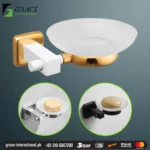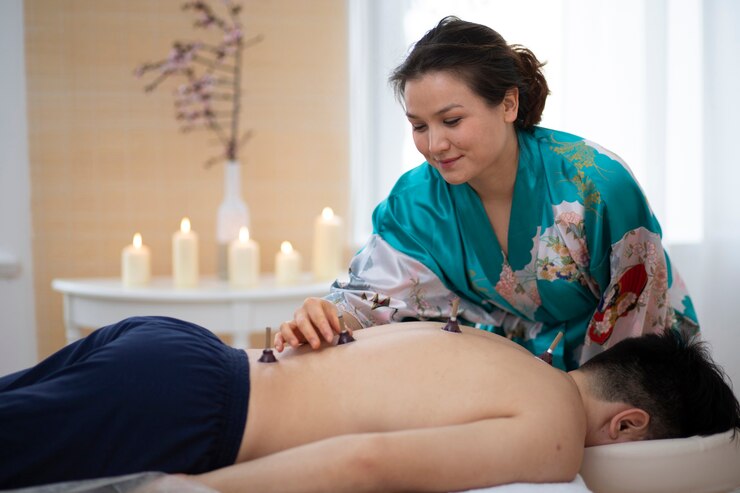Vein health is a lesser-discussed yet vital aspect of a robust circulatory system. Veins serve as conduits returning deoxygenated blood to the heart, balancing the high-pressure arterial system and supporting efficient blood circulation. Unhealthy veins can lead to serious medical conditions which impact a person’s quality of life. Lifestyle habits such as regular exercise and a balanced diet significantly influence the health of one’s veins. It’s imperative to understand that preventive care can avert most vein-related diseases. State-of-the-art centers like a reputable vein clinic in Tulsa offer professional assessments and modern treatments crucial for those with venous health concerns.
The Anatomy of Veins
Unlike its arterial counterpart, the vein system operates under lower pressure. It relies on one-way valves to prevent blood from pooling due to gravity, especially in the extremities. This intricate network includes superficial veins, visible just under the skin’s surface, and deeper veins within muscle tissues. The successful functioning of valves in the veins ensures that blood is effectively transported back to the heart against gravity, particularly from the lower areas of the body. Any compromise in structure or functionality can lead to common venous problems such as varicose and spider veins.
Risks and Causes of Vein Disorders
The susceptibility to vein disorders is influenced by a constellation of factors, ranging from genetic predisposition to lifestyle habits. Aging, hormonal changes, obesity, and standing or sitting for extended periods are notable risk enhancers. Furthermore, pregnancy can also increase venous pressure, especially in the legs, triggering or aggravating vein conditions. While some factors, such as genetics, can’t be altered, individuals can adopt numerous preventative actions to mitigate other risks. For instance, maintaining mobility, staying hydrated, and wearing compression stockings are practical steps that help preserve vein health and prevent the onset of venous issues.
Signs and Symptoms of Unhealthy Veins
Awareness of the associated signs and symptoms facilitates early detection of vein disorders. Telltale indications like swollen, twisted veins, leg discomfort after prolonged standing, itching around one or more veins, and skin discoloration are clear red flags. The progression of untreated vein disorders can lead to more severe consequences, such as venous ulcers or a potentially life-threatening condition like deep vein thrombosis. Therefore, observing one’s vein health and seeking professional advice when symptoms arise can drastically alter the course of potential venous diseases.
Preventative Measures for Vein Health
Proactive intervention plays a pivotal role in safeguarding vein health. The daily integration of preventive measures like a balanced diet rich in vitamins and antioxidants, consistent physical exercise to bolster circulation, and avoiding long periods of immobility can be immensely beneficial. Regular medical check-ups contribute significantly to early diagnosis and management of venous conditions. These simple yet effective strategies are vital in maintaining healthy veins and preventing future ailments.
Non-Invasive Treatments for Vein Disorders
For those experiencing vein-related discomfort, non-invasive therapies provide a first line of defense. Compression therapy, a widely adopted measure, involves using graduated compression stockings to manage symptoms and enhance blood flow. The stockings gently squeeze the limbs, promoting venous return and reducing the risk of clot formation. Such non-invasive treatment modalities can lead to symptomatic relief and improved vascular function.
Minimally Invasive Vein Treatment Advances
Minimally invasive treatments have revolutionized the management of vein disorders, offering effective alternatives to traditional surgery. Sclerotherapy, for example, involves injecting a solution directly into the problematic veins, causing them to scar and gradually disappear. Similarly, endovenous laser treatment and radiofrequency ablation use heat to close off affected veins. These advances contribute to a higher success rate, shorter recovery times, and less discomfort during procedures.
What to Expect From Vein Treatment Procedures
A vascular specialist will evaluate patients comprehensively, including a detailed medical history review and diagnostic imaging, to determine the appropriate intervention for their condition. Once a treatment plan is established, patients may undergo procedures ranging from lifestyle adjustments to advanced clinical interventions. Recovery times and follow-up care vary depending on the treatment received. Still, most patients experience substantial improvement in symptoms and quality of life post-treatment. Relaying accurate expectations and providing thorough post-procedural guidance are essential to the treatment process.
Living with Vein Treatments: Patient Stories
The narratives of individuals undergoing vein treatments provide valuable insights into the life-changing benefits of addressing venous health. Due to these interventions, many report decreased pain, a return to active lifestyles, and increased confidence. Such patient experiences highlight the transformative power of vein treatment and underscore the importance of seeking medical advice when symptoms arise.
Future of Vein Health and Treatments
A promising horizon is emerging in vein health with continuous advancements in medical science. Ongoing research efforts are exploring new treatment methodologies and improving existing therapies. As awareness and understanding grow among the general populace, the future for patients with vein disorders becomes increasingly optimistic. A focus on education and research is key to these developments, ensuring continued innovation and enhanced patient outcomes in venous medicine.










